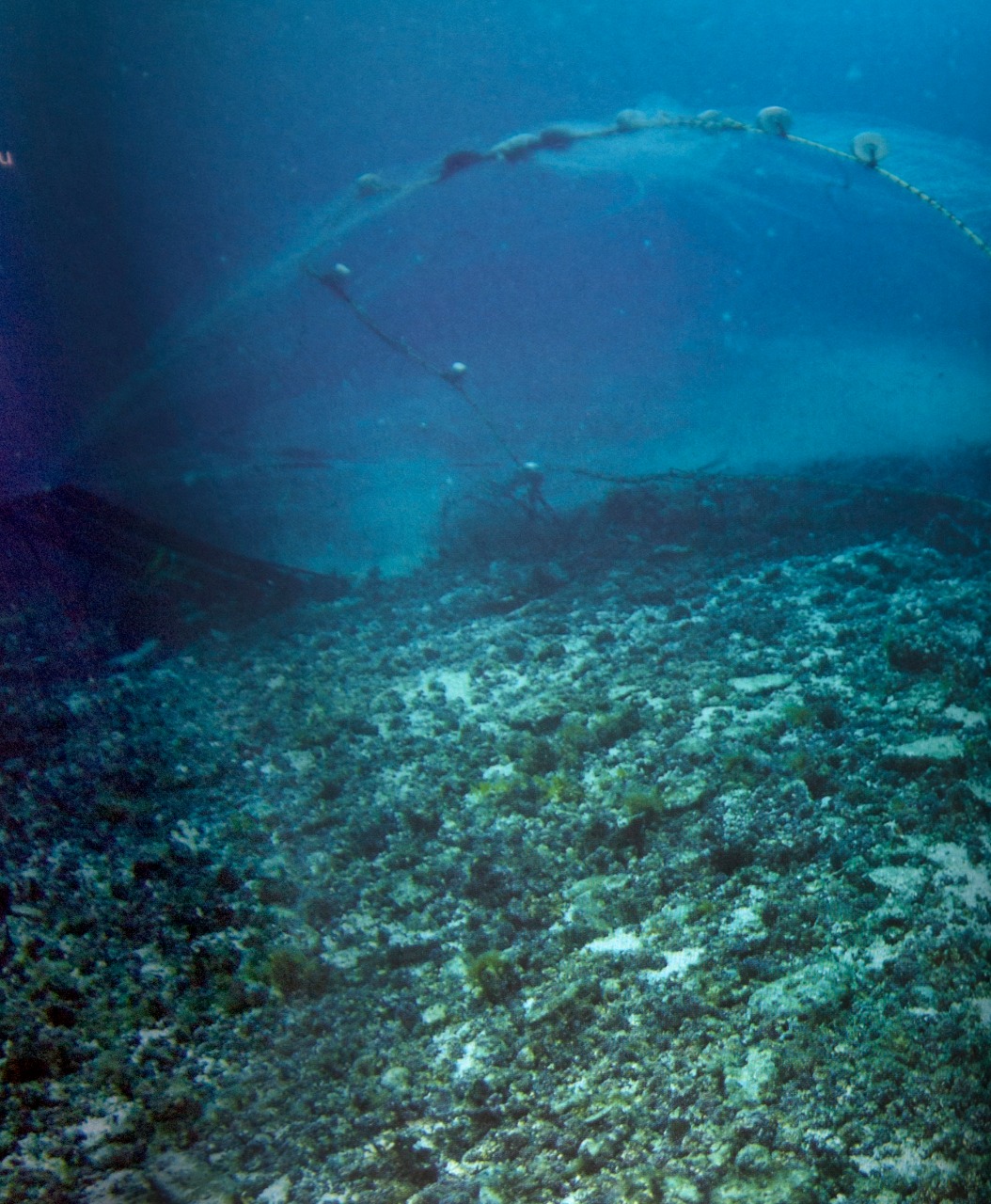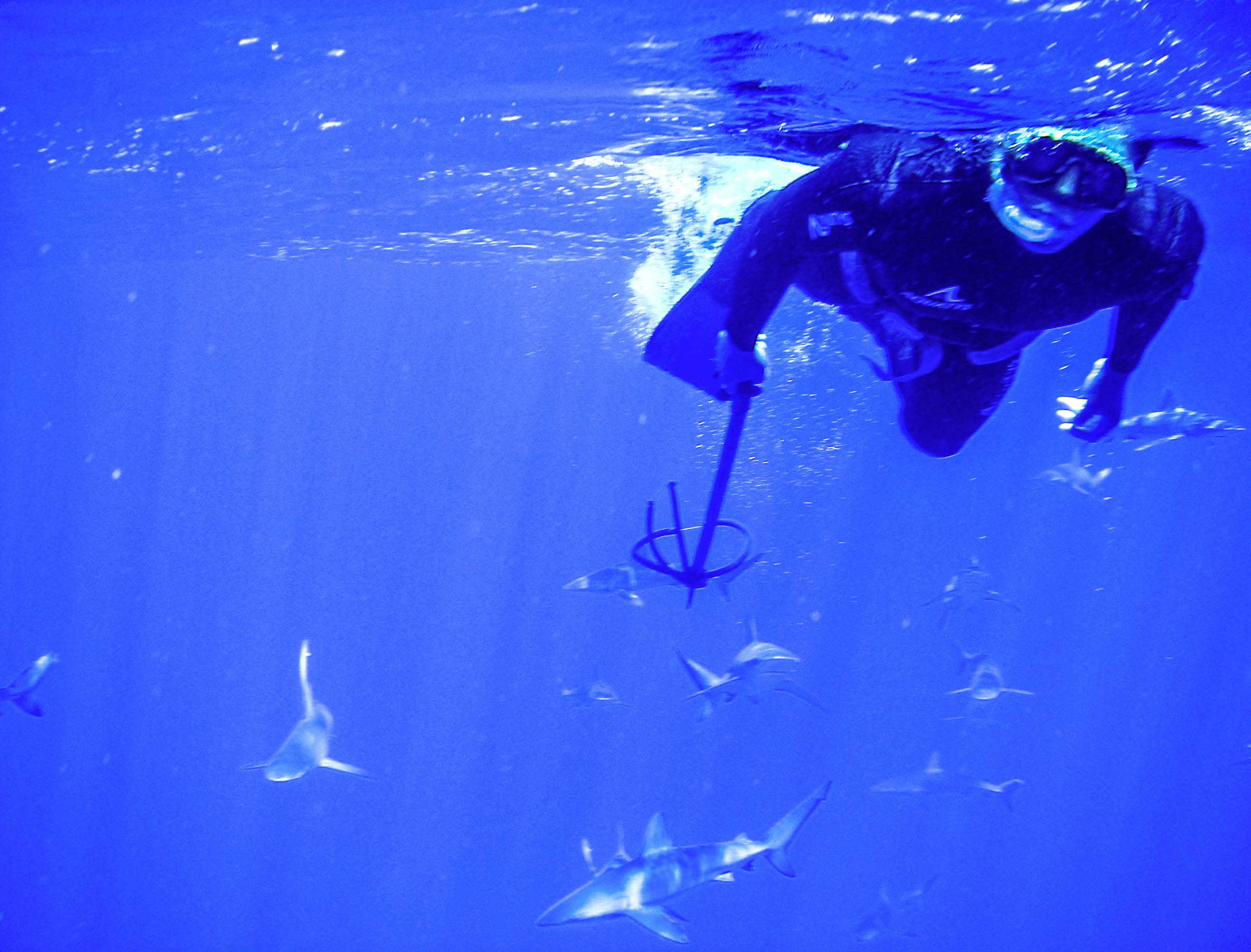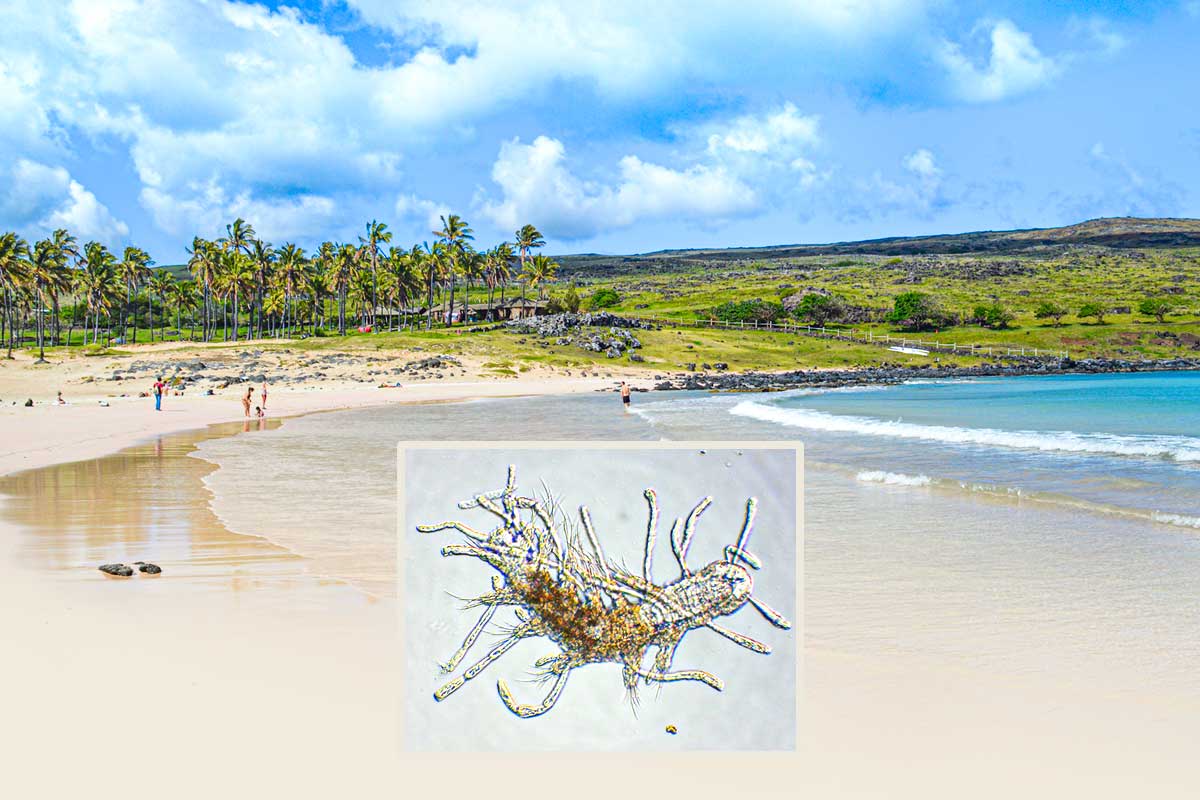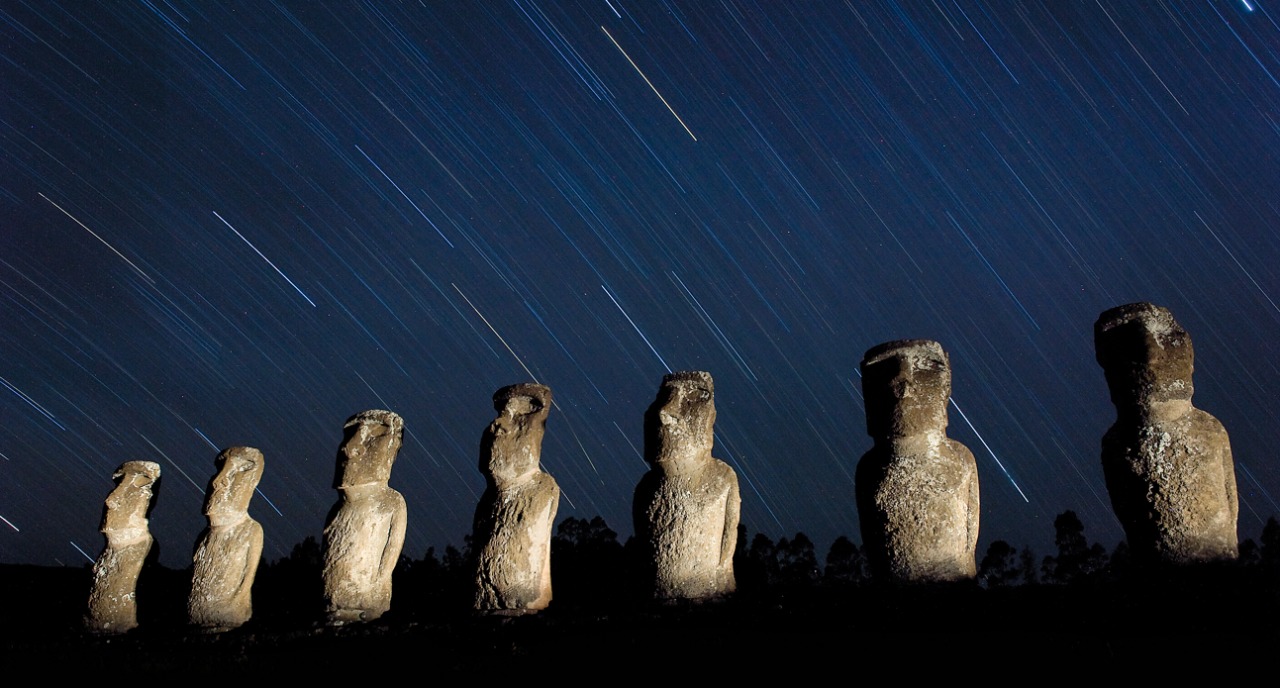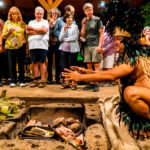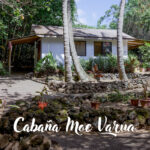Overfishing on Rapa Nui
It seems that overfishing has arrived to Rapa Nui and is beginning to affect the maritime zone around Salas y Gomez as well. It has become even more urgent to create a marine reserve in front of Hanga Roa, as well as around Salas y Gómez, a project which would count with the support and auspices of the National Geographic Society, after making their exhaustive comparative study of both ecosystems in this area of the Pacific.

Boyas en buoys in Sala y Gómez
Many Rapa Nui fishermen have commented on seeing large fishing boats in the night in the environs of the Island. It is enough to see the rubbish of their nets and buoys on the rocks along to coast to know that they are there. It seems like there is no supervision or control of this maritime territory. The recently appointed Harbor Master, Captain Eduardo Ortiz-Diaz, confirms that “this is a very serious topic, of the highest priority for the Navy in Isla de Pascua. Today the entire Chilean Navy has two marine patrol boats with a range which allows control of the 200 nautical miles of exclusive economic zone.
It is hoped that Chile will join its Polynesian colleagues, New Zealand and Hawai’i. In 2002, the United States created the “Papa Hanau Mokuakea”, the largest marine reserve in the world with 360,000 km2 (139,000 sq.mi.) that includes 10 islands and atolls. The only way to stop the destruction of marine resources and fisheries is through the recovery of these ecosystems. Some scientists feel that we should declare Tapu or taboo on commercial fishing in 40 to 50% of the seas.

Featured Reports:
PURE The Endangered Sea Snail
PUREThe Endangered Sea Snailby Ernesto Díaz CabreraEstudiante Doctorado en Ciencias, mención Ecología y Biología Evolutiva de la Universidad de ChileDoctoral candidate in Science of Ecology and Evolutionary Biology, University of ChilePure is a sea snail which has...
Everything is in Motion – An Island in the Middle of the Ocean
Everything is in Motion – An Island in the Middle of the Oceanby Martin Thiel, Bernhard Steinberger & Tim KiesslingDid you know that the geological history of Rapa Nui depends on two types of volcanism? There is on the one hand the Mid-Ocean Ridge, which crosses...
Diving, Underwater Hunting and Sharks
Diving, Underwater Hunting and SharksTestimonio de Testimony of Poki Tane HaoaHundreds of divers come to Rapa Nui every year in search of some of the clearest waters on the planet which offer visibility at 60 to 70 meters (195 to 230 feet) of depth. Poki Tane Haoa, a...

